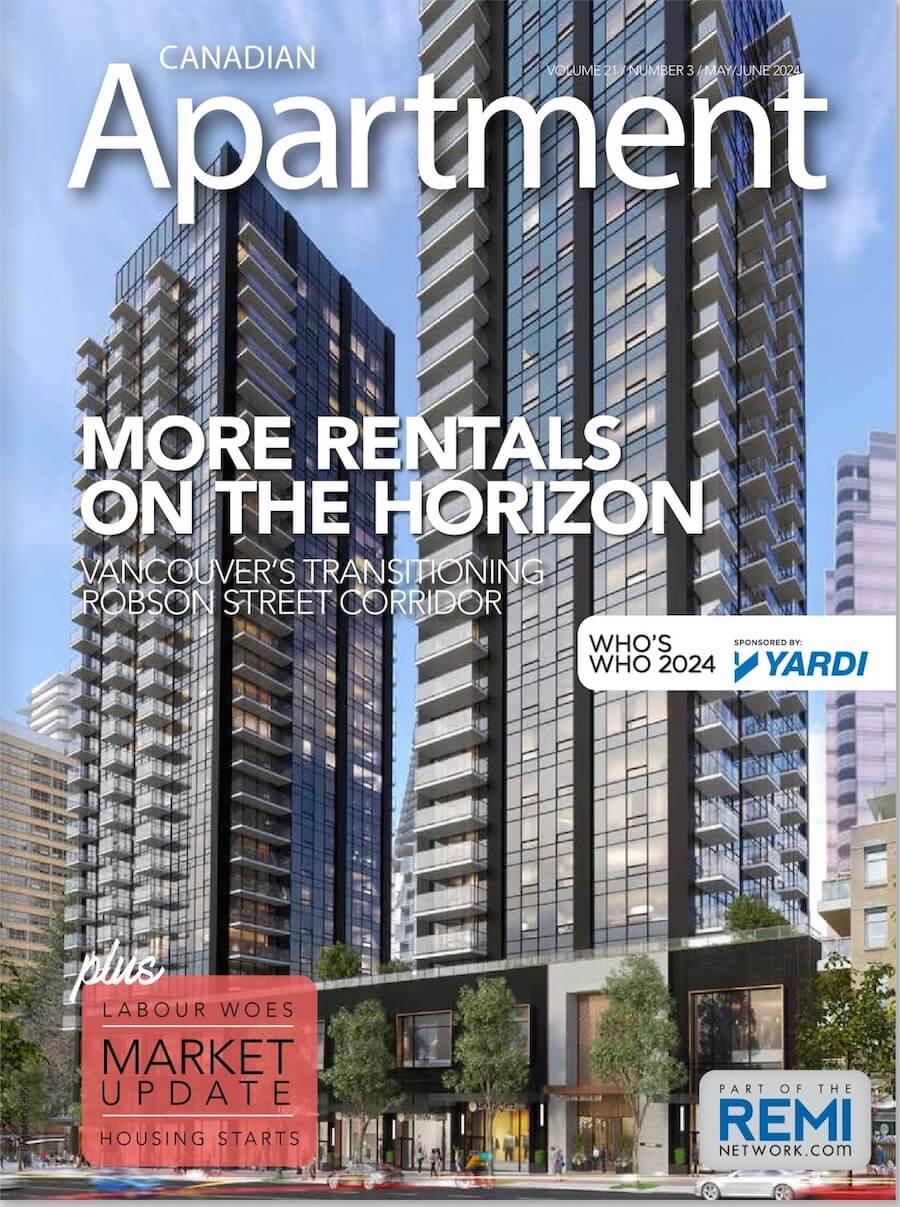Energy efficiency is more than just buzz—it’s the future of the rental property industry. From older buildings getting retrofits, to newer builds being outfitted with the latest energy efficiency technologies, it’s either go green or get left behind.
According to the David Suzuki Foundation, nearly 60 per cent of energy consumption in Canadian households is directly related to heat. When the deep freeze sets in, our energy usage goes up. It can even be argued that air conditioning usage is catching up to heat, with our summers generally being warmer and lasting longer than years gone by. But let’s focus on that pesky little heat consumption figure, shall we?
Depending on the province, electricity will either come from burning fossil fuels, hydro-electric dams or nuclear power plants, each which has its own environmental consequences. Today’s eco-savvy renter is looking for a property manager that takes these environmental issues into consideration when performing building upgrades or designing a new property. Outfitting your building with some of the latest technologies will ensure you stand out in a competitive marketplace.
Insulated concrete forms
Energy efficiency starts from the ground up, and recent studies have shown that insulating concrete forms, a technology that dates back 60 years, is being touted for its energy efficiency benefits today. A study by the Massachusetts Institute of Technology issued a report in late 2010 that said buildings made from insulated concrete forms saved 20 per cent over the energy consumed by wood-frame buildings in cold climates, such as Chicago.
Green and white roofs
It’s not just the foundation of a building that can make a difference—what’s on top can have an impact on energy efficiency too. While many new properties include plans for green roofing, older properties can take on the same challenge. Rooftops that feature gardens and green spaces help insulate buildings in the winter and soak up storm water, reducing water pollution from urban runoff.
According to How Stuff Works, “Building a green roof today, can be done on the cheap, for as little as $8 to $12 a square foot compared to the average $15.75 per square foot for conventional rooftops. And because the savings go into building a product that is itself protected from the sun with plants, the roofs last longer.”
But you don’t have to just think green—you can also employ a white roof to help get the job done. Painting the roof of your building white is an easy way to reflect heat and help to reduce energy costs in the summer.
Smart home appliances
Don’t stop at just the common areas of your property. When renovating suites, think of some of the new technologies you can use to help boost energy efficiency by curbing excess usage. LG, for example, recently launched a number of “smart” home appliances that aim to reduce environmental impacts.
“The Smart Washing Machine with Wi-Fi Smart Diagnosis promises huge cost savings in energy use. Because it is smart-grid ready, it has the ability to operate during times of low electricity usage, ” says Samantha Murphy Kelly of Mashable. “For example, the washer has the capability to reserve its energy-intensive wash cycles for off-peak hours, when electricity can be cheaper. This will be possible once local utility companies begin enabling the smart-grid technology.”
Smart thermostats are also making a big splash and allow tenants to really, truly control their energy usage. Brands like the Nest Learning Thermostat adjusts temperature based on the lifestyle and schedule of the user. According to Mashable’s Murphy Kelly, “Although the Nest is $249, the device can help to reduce the average U.S. energy bill of $1,000 each year by up to 30%, slowly paying for itself over time.”
No more window plastic
Finally, it’s common knowledge that most of the heat lost from an apartment is due to leaks in windows. Instead of the old stand-by of plastic covered windows (sure, it works, but how many tenants are happy with it being on their windows?), a new technology has emerged: Low-E Windows. Featuring a clear coating of metallic oxide, these windows keep the heat inside during the winter and outside during the summer.
According to the NAHB Research Center, “Typically, this coating is used on external storm windows in houses that don’t have double-pane windows. Low-E windows cost between $60 and $110 each. That’s 10 to 15 per cent more than clear glass storm windows, but they definitely have benefits: They can reduce heat flow through the glass by half, and that will help reduce heating costs by 10 to 20 per cent.”
With new energy efficiency technologies constantly becoming available, it’s easier than ever to give your property that green sheen.







